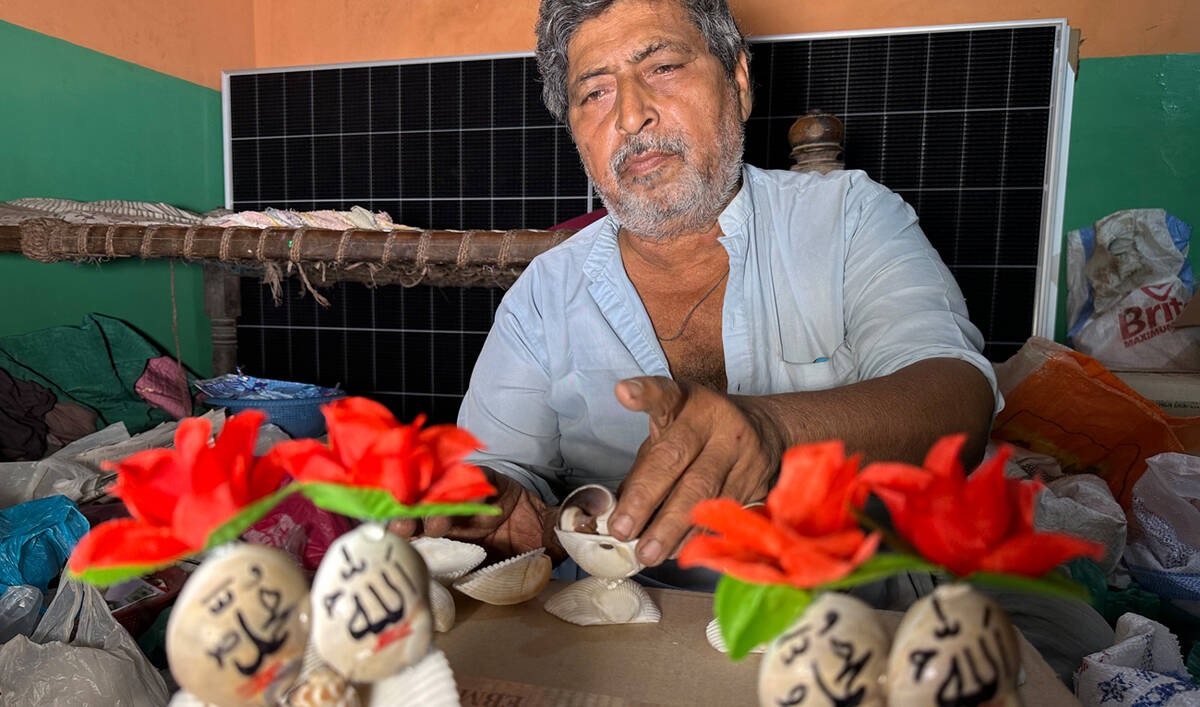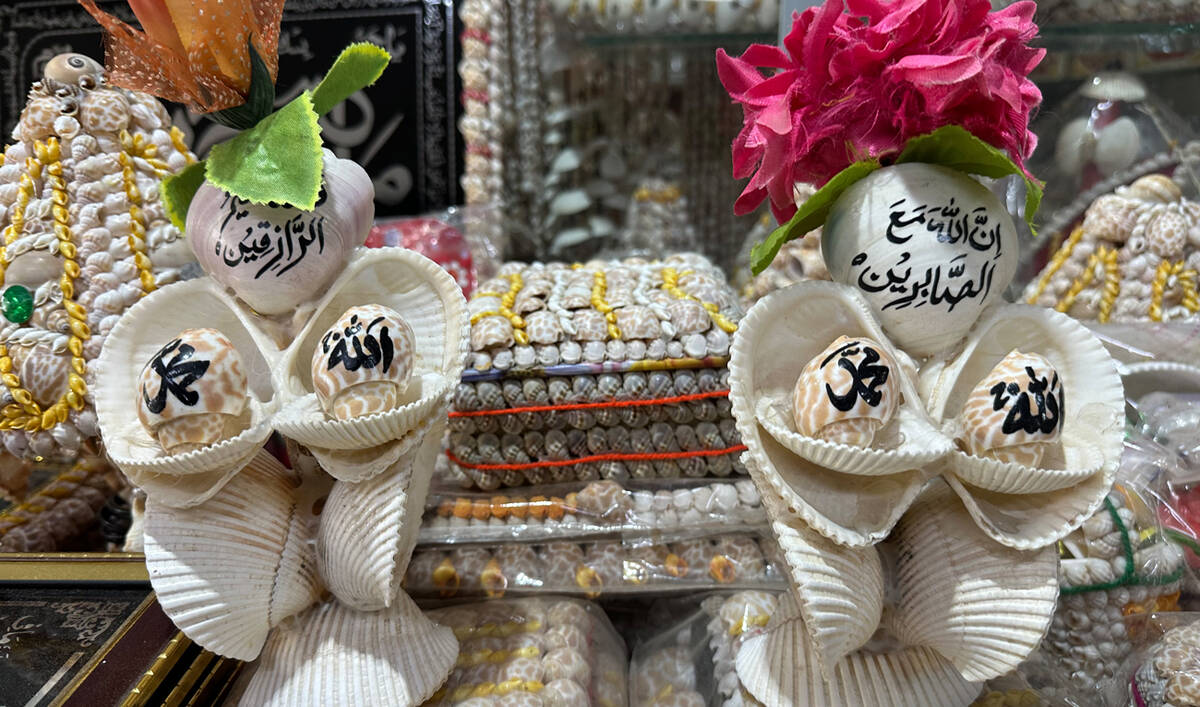Kyiv: Russia attacked cities across Ukraine on Monday with a missile barrage that killed more than three dozen people and ripped open a children’s hospital in Kyiv, an assault condemned as a ruthless attack on civilians.
Dozens of volunteers including hospital staff and rescue workers dug through debris from the Okhmatdyt paediatric hospital in a desperate search for survivors after the rare day-time bombardment, AFP journalists on the scene saw.
President Volodymyr Zelensky said Russia launched dozens of missiles toward five towns and cities in southern and eastern Ukraine as well as the capital.
At least 37 people were killed, including three children, with more than 170 wounded, Zelensky said.
The strikes damaged nearly 100 buildings, including multiple schools and a maternity hospital, he added.
The air force said air defense systems downed 30 projectiles.
“It is necessary to shoot down Russian missiles. It is necessary to destroy the Russian combat aircraft on its bases. It is necessary to take strong steps that will not leave any security deficit,” Zelensky said ahead of a NATO summit where arming Ukraine’s air defenses is expected to top the agenda.
Zelensky called for an emergency meeting of the United Nations Security Council over the barrage and urged Ukraine’s allies to deliver “a stronger response” to Russia’s attack.
Following the strikes, US President Joe Biden on Monday promised “new measures” to boost Ukraine’s air defenses.
“Together with our allies, we will be announcing new measures to strengthen Ukraine’s air defenses to help protect their cities and civilians from Russian strikes,” Biden said.
UN rights chief Volker Turk condemned the “abominable” Russian strikes, while the body’s chief Antonio Guterres said attacking medical facilities was “particularly shocking,” according to his spokesman Stephane Dujarric.
The United States denounced “another savage missile attack on civilians,” while the European Union slammed Moscow for its “ruthless” actions.
France’s foreign ministry called the bombardment of a children’s hospital “barbaric,” Canadian Prime Minister Justin Trudeau described the attack as “abhorrent” and Japan’s government spokesman “strongly condemned” the strike.
Kyiv said the children’s hospital had been struck by a Russian cruise missile with components produced in NATO member countries and announced a day of mourning in the capital.
Russia hit back claiming the extensive missile damage in Kyiv was caused by Ukrainian air defense systems.
Moscow said its forces had struck their “intended targets,” which it added were only defense industry and military installations.
Medical staff acted quickly to move patients and personnel to the facility’s basement after air raid sirens rang out over Kyiv on Monday.
“For some reason, we always thought that Okhmatdyt was protected,” said Nina, a 68-year-old hospital employee.
“We were 100 percent sure that they would not hit here,” she told AFP, describing the frantic rush as staff moved children with IV drips to the bunker.
Officials said the attack had also damaged several residential buildings and an office block in Kyiv where AFP reporters saw cars on fire and shredded trees in charred courtyards.
DTEK, Ukraine’s largest private energy company, said three of its electrical substations had been destroyed or damaged in Kyiv. Russian strikes on electricity infrastructure have already halved Ukrainian generation capacity in recent weeks compared to one year ago.
Russian forces have repeatedly targeted the capital with massive barrages since invading Ukraine in February 2022, and the last major attack on Kyiv with drones and missiles was last month.
The emergency services said 22 people were killed in Kyiv on Monday, including at both medical facilities hit in the attack, and that another 72 had been wounded.
In Zelensky’s hometown of Kryvyi Rig, which has been repeatedly targeted by Russian bombardment, the strikes killed at least 10 and wounded more than 41, officials there said.
In Dnipro, a city of around one million people in the same region, one person was killed and six more were wounded, the region’s governor said, when a high-rise residential building and petrol station were hit.
And in the eastern Donetsk region, where Russian forces have taken a string of villages in recent weeks, the regional governor said three people were killed in Pokrovsk — a town that had a pre-war population of around 60,000 people.
“This shelling targeted civilians, hit infrastructure, and the whole world should see today the consequences of terror, which can only be responded to by force,” the head of Ukraine’s presidential administration, Andriy Yermak, wrote on social media.
Zelensky and other officials in Kyiv have been urging Ukraine’s allies to send more air defense systems, including Patriots, to help fend off deadly Russian aerial bombardment.
“Russia cannot claim ignorance of where its missiles are flying and must be held fully accountable for all its crimes,” Zelensky said in another post on social media.
Russian missiles kill 37 in Ukraine, gut Kyiv children’s hospital
https://arab.news/v78yf
Russian missiles kill 37 in Ukraine, gut Kyiv children’s hospital

- President Volodymyr Zelensky said Russia launched dozens of missiles toward five towns and cities in southern and eastern Ukraine as well as the capital
- At least 37 people were killed, including three children, with more than 170 wounded, Zelensky sai





























